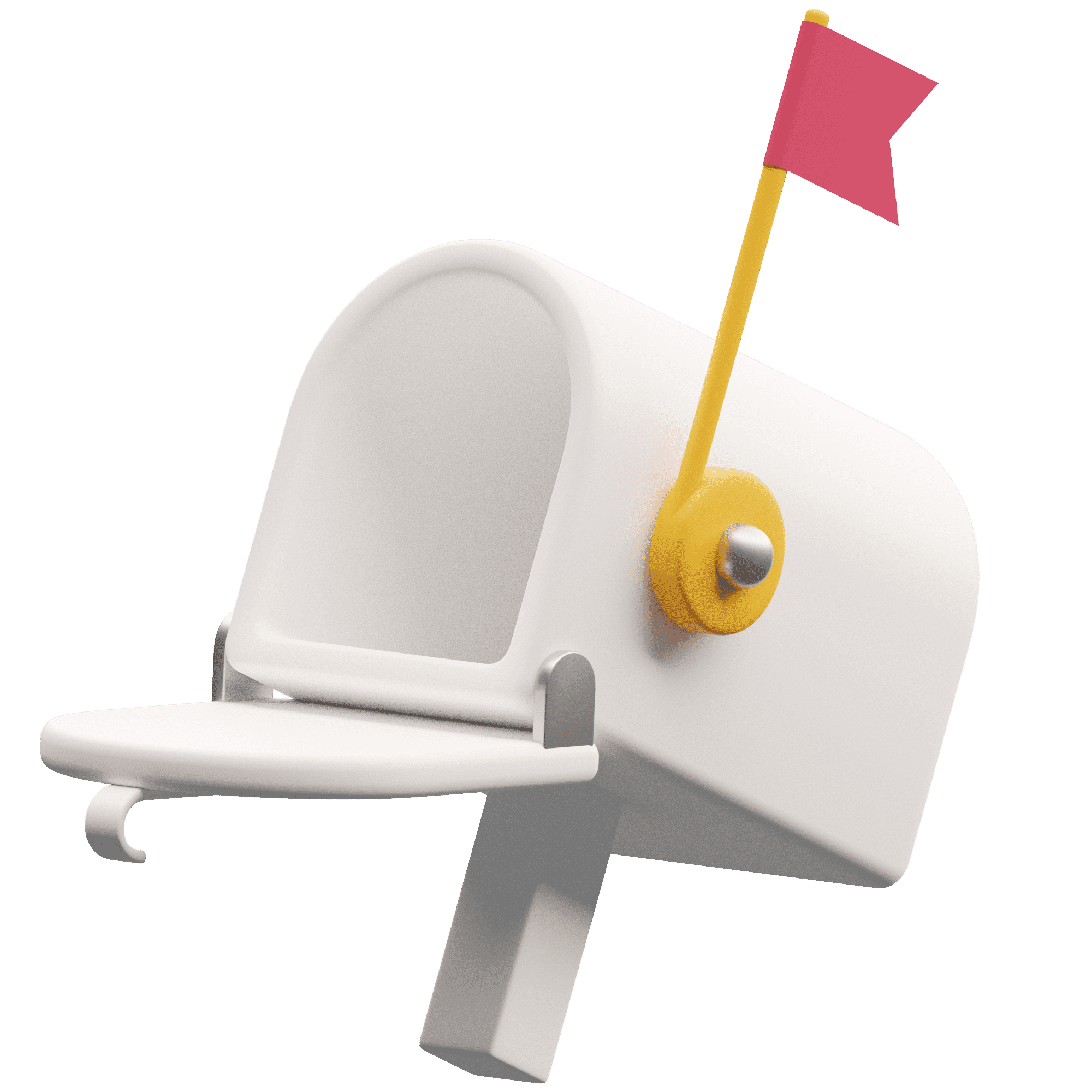...
...
...
...
Gimme Git Quick
🚨DISCLAIMER: This is by no means a comprehensive guide to using git. It is intended to be used in hackathon type scenarios where you team want to use it but you’ve never touched it before. If you are looking for something more in depth check out this awesome article.
Super Super Compressed Quick Start
Look at this section only if you have no time. Otherwise jump to the next chapter for a more comprehensive guide. This chapter is literally the how without the why.
0 - Install git
1 - Clone the repo (Swap out URL for your team’s repo)
git clone https://github.com/slarsendisney/personal-site.git
Now cd into the project folder.
2 - Create a branch
# If you are working on different features:
git checkout -b feature/name-of-the-feature
# If you prefer to identify by team mate:
git checkout -b your-name/thing you are working on
3 - Code the thing ⚡️

4 - Commmit and push your code
If you need to ignore any files add a .gitignore file and inside write the names of any files/folders you want to ignore:
a-folder-to-ignore/
a-file-to-ignore.js
Add your code to the staging area:
git add -A
Commit it with a suitable message:
# This example uses conventional commit format -> https://www.conventionalcommits.org
git commit -m "fix(client): Fixed bug that caused infinite rerenders in index.js"
Time to push it to the repo
git push
Your code is now in the cloud ☁. But its not on master! Time to raise a PR:
1. Navigate to the repo
2. Click on Pull requests
3. Click New pull request
4. Select master as base branch and then select your branch as the head branch
5. Click Create pull request.
6. Get it approved and merged by your team.
7. All done. ✅
Merge conflicts?
The Less Compressed Guide
Getting git
Before anything below works you’re going to need to make sure you have git. Head here:
Getting Started Installing Git
Not sure if you have git? Open a terminal and type:
git --version
If you get a version number back, then congrats you already have git 🎉! If you don’t, you’ll need to install it.
What is this git thing anyway?
Git is distributed version control that allows you to track progress over time. Everyone working on the project has their own local copy of it as opposed to working on a centralised copy.
Then what the hell is GitHub?
Github is online storage and access for git. Through the site you can set up repositories where you can store your code. There are also many alternatives to Github such as Bitbucket. As a student, you get private repositories on both of these services for free so make the most of it!
How do I make a repository?
- Log In/Sign Up to Github
- Click on your profile
- Click on Repositories
- Hit New
How do I get code from git?
In order to pull code down from a git repository you need to clone the repository using the repository’s URL. This creates a local copy for you to work with. So for example, if you wanted to clone a copy of this website you could use:
git clone https://github.com/slarsendisney/personal-site.git
Just switch out the URL above with wherever your code is stored and you’ll be good to go 👍. Now branch of the code right away!
How do I use branches?
Branching allows you to isolate your code when working on new features/bug fixes. Changes to the master branch do not affect your branch and as a result you are less likely to run into issues. Creating a new branch does not change the repository; it simply points out the commit.
You can create a branch using the following format:
# If you are working on different features:
git checkout -b feature/name-of-the-feature
# If you prefer to identify by team mate:
git checkout -b your-name/thing you are working on
At this point you are ready to code away. Enjoy and keep reading when you are ready to save your code😀!
Committing code
Committing code saves your code changes to your local repository. You have to tell git which files you want it to keep track of though. The easiest way to do this is to create a git ignore file and then add the rest. Create a .gitignore file with all the files you want git to ignore:
a-folder-to-ignore/
a-file-to-ignore.js
We can now add all our other files to git with the following command:
git add -A
the -A flag tells git to add all files. If you ever add new files to the project you’ll need to run this again.
At this point we are ready to commit 🎉.
Commit it with a suitable message - thats important because it helps you identify what you did in any given commit if you ever look back over them. This example uses the conventional commit format. Its a great format that makes it super easy to tell whats going on:
feature(scope): description
First you specify the type of the commit, then in brackets you put the scope of the project it affects, and then you add a description. A real example can be seen below:
git commit -m "fix(client): Fixed bug that caused infinite rerenders in index.js"
How do I get my code back to GitHub?
At this point, everything we’ve done has been local - lets send our code to the cloud! We need to push it up there - this sends changes on your branch up to the remote branch.
git push --set-upstream origin your-branch-name
By adding in the --set-upstream it allows to stop specify which branch that you want to pull from every single time that you do git pull.
Get your code on master
Its time to raise a pull request(or PR!)
1. Navigate to the repo
2. Click on Pull requests
3. Click New pull request
4. Select master as base branch and then select your branch as the head branch
5. Click Create pull request.
6. Get it approved and merged by your team.
7. All done. ✅
Merge conflicts
How to solve them coming soon 😢
Other cool git resources
Some bad situations I’ve gotten myself into, and how I eventually got myself out of them in plain english. By Katie Sylor-Miller
TABLE OF CONTENTS
Super Super Compressed Quick Start
The Less Compressed Guide
What is this git thing anyway?
Then what the hell is GitHub?
How do I make a repository?
How do I get code from git?
How do I use branches?
Committing code
How do I get my code back to GitHub?
Get your code on master
Merge conflicts
Other cool git resources
...
...
...
...
Join My Newsletter
Want to know when I post something new? For the latest articles and projects straight to your inbox, subscribe to my newsletter.
